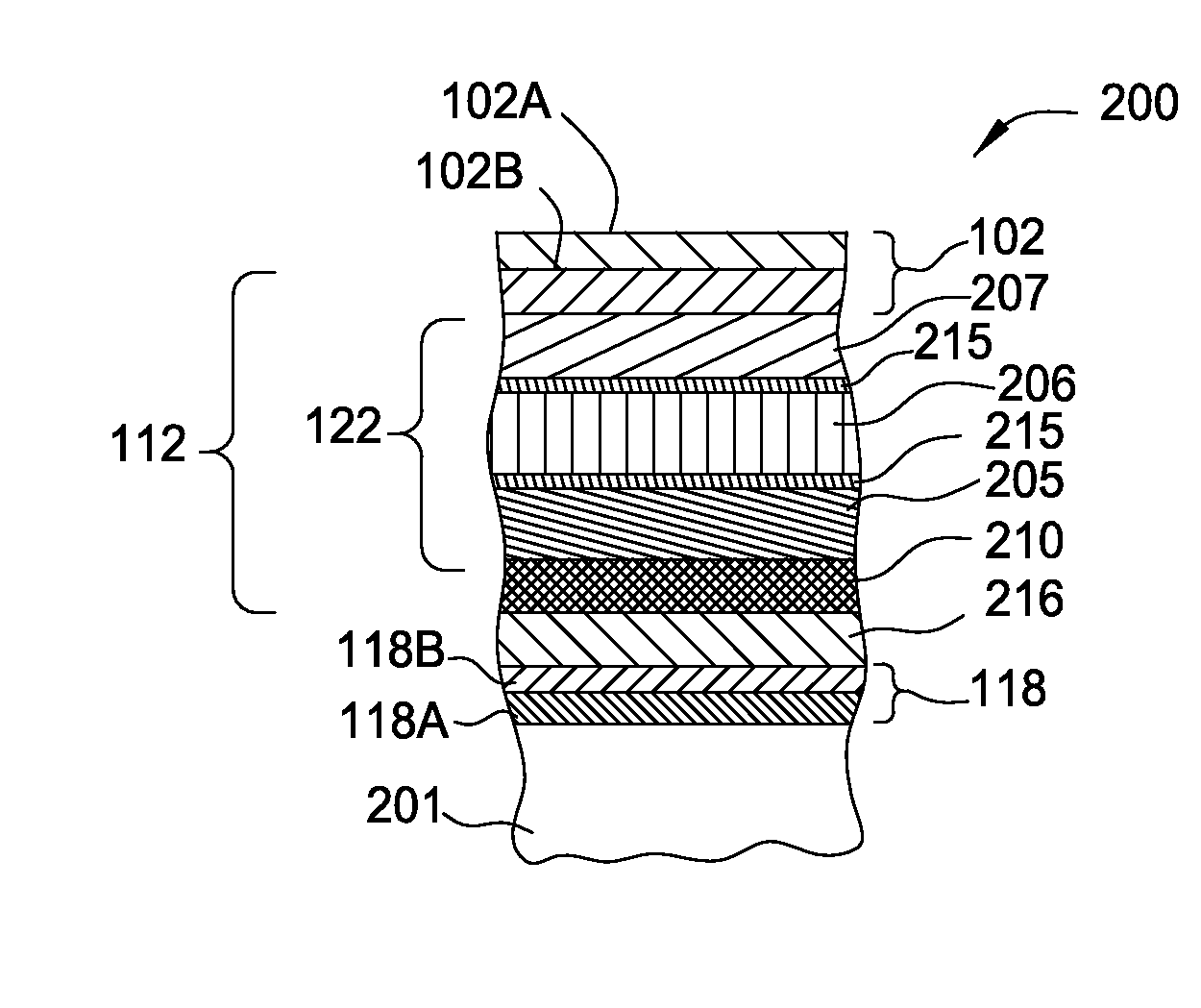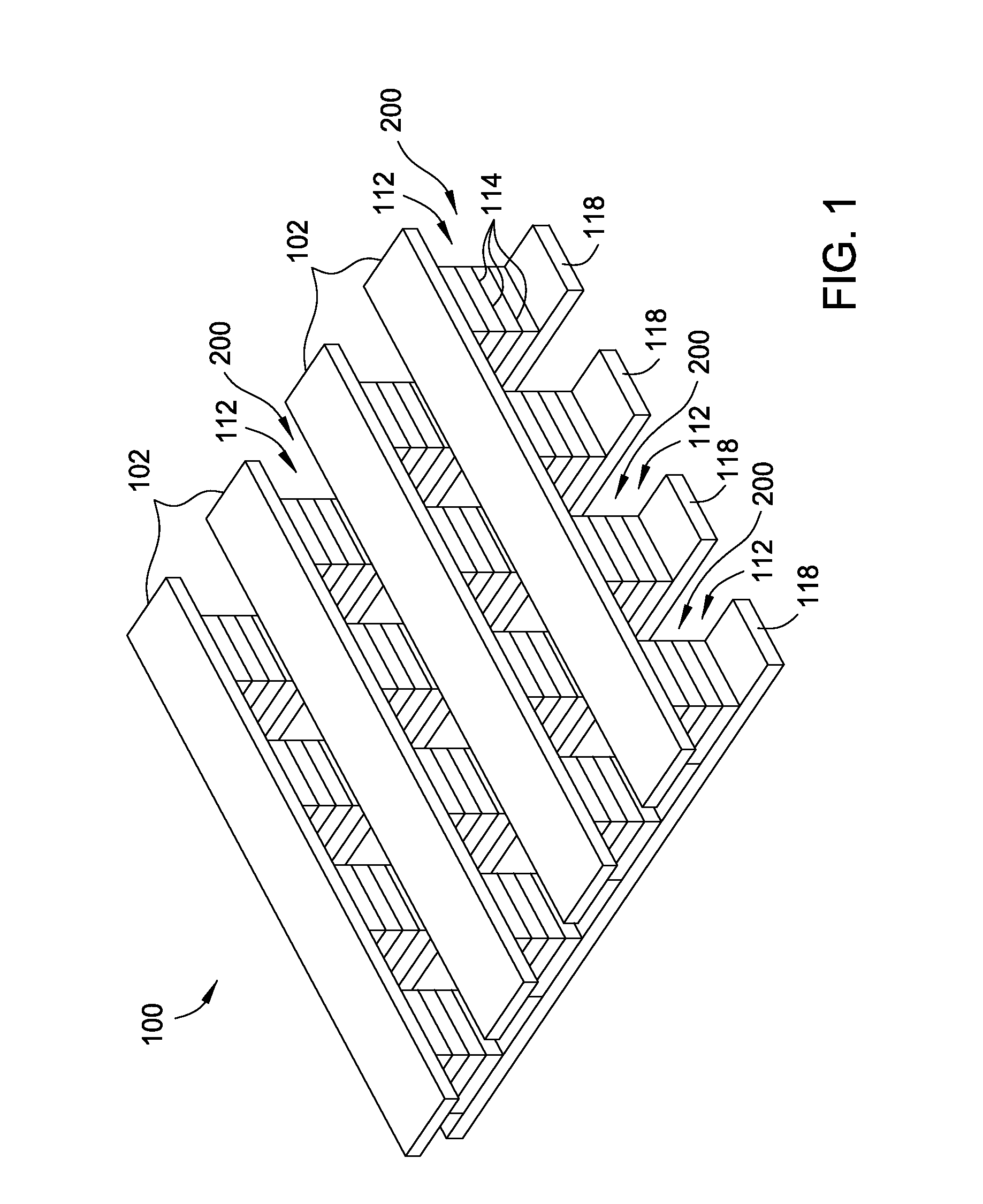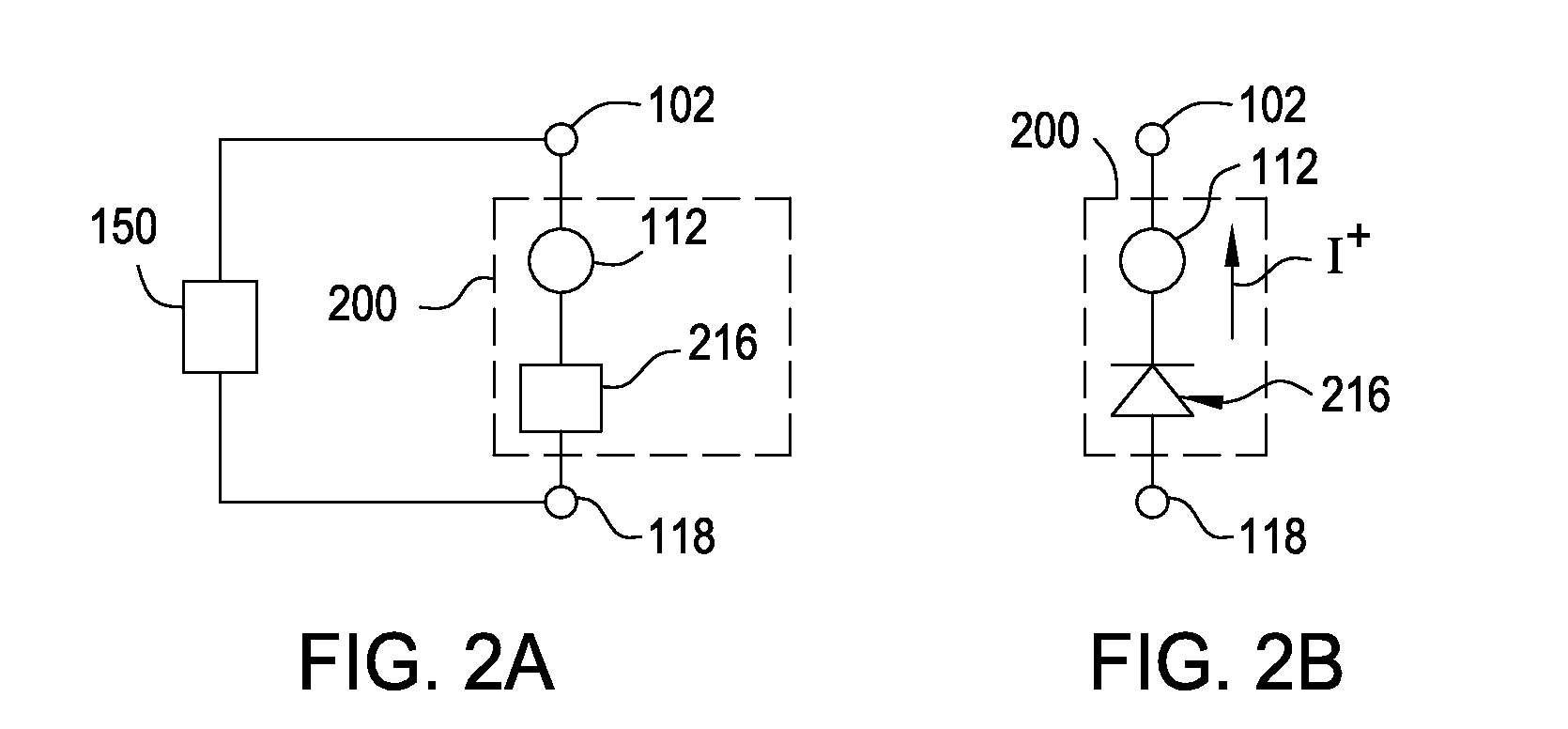Bipolar multistate nonvolatile memory
a nonvolatile memory, bipolar technology, applied in the direction of negative resistance effect devices, bulk negative resistance devices, semiconductor devices, etc., can solve the problems of increasing cost and complexity, posing challenges to traditional nonvolatile memory technology, etc., to reduce the vertical or horizontal physical density requirements necessary, reduce the complexity of the manufacturing process of nonvolatile memory devices, the effect of reducing the complexity of the vertical or horizontal physical density
- Summary
- Abstract
- Description
- Claims
- Application Information
AI Technical Summary
Benefits of technology
Problems solved by technology
Method used
Image
Examples
Embodiment Construction
[0028]Embodiments of the invention generally include a method of forming a nonvolatile memory device that contains a resistive switching memory element that has multiple variable resistance layers. Each variable resistance layer may have at least an associated high resistance state and an associated low resistance state (e.g., two stable states). As the resistance of each variable resistance layer determines the digital data that is stored (e.g., logic “zero” or logic “one”), the multiple variable resistance layers per memory element allow for additional data storage without the need to further increase the size of the nonvolatile memory device and array of non-volatile memory devices that contain multiple memory elements.
[0029]An illustrative memory array 100 of nonvolatile resistive switching memory devices 200 (hereafter switching memory device 200), which each generally include at least one resistive switching memory element 112, is illustrated in FIG. 1. Memory array 100 may be...
PUM
 Login to View More
Login to View More Abstract
Description
Claims
Application Information
 Login to View More
Login to View More - R&D
- Intellectual Property
- Life Sciences
- Materials
- Tech Scout
- Unparalleled Data Quality
- Higher Quality Content
- 60% Fewer Hallucinations
Browse by: Latest US Patents, China's latest patents, Technical Efficacy Thesaurus, Application Domain, Technology Topic, Popular Technical Reports.
© 2025 PatSnap. All rights reserved.Legal|Privacy policy|Modern Slavery Act Transparency Statement|Sitemap|About US| Contact US: help@patsnap.com



